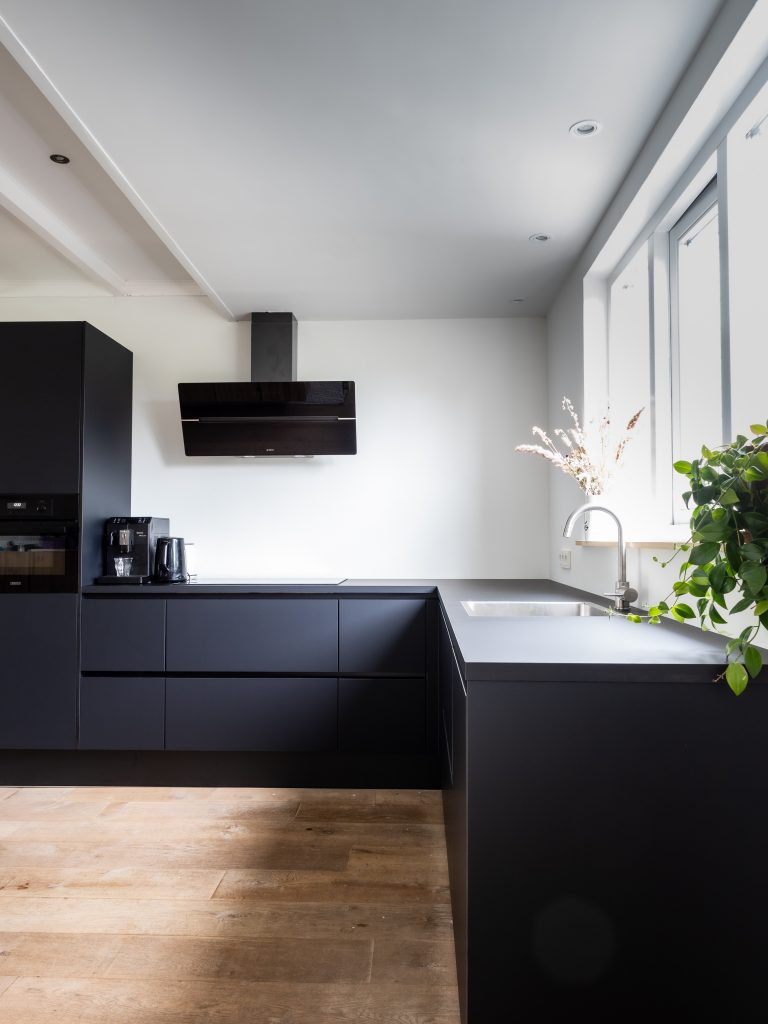What Mould Might Look Like in Kitchens
Mould is an unwelcome guest that can sneak into our homes, particularly in areas where moisture and darkness converge. The kitchen is often a hub of culinary creativity and nourishment and is not immune to this common intruder. Recognising mould in your kitchen is the first step in addressing the issue effectively. We’ll explore what mould usually looks like in kitchens and why it’s crucial to identify and tackle it promptly.
1. Colour Variation
Mould isn’t confined to a single hue; it can manifest in various colours. The most common shades you might encounter in your kitchen include green, black, brown or even grey. These colours may not always appear as solid patches but can often present as speckles or streaks on walls, ceilings or even food items. The key is to recognise that it can present itself in many colours and patterns and it’s best to keep an eye out in damp and dark areas.
2. Texture
Mould typically has a distinctive texture. It can range from being fuzzy or velvety to slimy or even powdery. The texture may vary depending on the type of mould and the surface it’s growing on. In kitchens, you’re likely to find mould on surfaces like walls, tiles and even food items that have gone bad. These usually appear as green or black spots and speckles that if left untreated, turn more fuzzy and abundant over a short amount of time.
3. Odour
One of the most apparent indicators of mould in the kitchen is its musty and unpleasant odour. If you detect a strong, earthy smell that lingers in your kitchen, it could be a sign of mould lurking nearby. The smell often becomes more pronounced in humid conditions or when there’s poor ventilation. When the smell is this strong we would recommend seeking professional advice regarding a source of moisture or a leak to determine the next best steps.
4. Location
Mould loves moisture, making it a common sight in areas of your kitchen prone to dampness. Keep an eye on places like under the sink, around leaking pipes, in the corners of your refrigerator or even on forgotten food items left in the pantry. Mould can also thrive in hidden spaces, so regular inspections are crucial. It’s best to keep a regular sweeping, cleaning and food inspection routine and always aim to remove and dispose of foods that easy expire.
5. Food Contamination
When it comes to mould in the kitchen, it’s not just the walls and surfaces you should worry about. Mould can quickly spread to your food items contaminating them. Look out for discoloured patches, fuzzy growth, or an off-putting smell on your food. When in doubt, it’s best to discard affected items to avoid unwanted reactions and potential health effects.
6. Allergic Reactions
In some cases, mould in the kitchen has been reported to trigger allergic reactions in individuals. Symptoms may include sneezing, coughing, skin rashes or even respiratory issues. We cannot make certain claims or health determinants regarding the link between mould and your health however, so you should always seek professional medical advice if you have any health outcomes that you suspect may be the result of factors in your environment.

7. Professional Assessment
If you suspect mould in your kitchen but aren’t sure about its presence or extent, it’s wise to seek professional assessment. Mould specialists can conduct thorough inspections, identify the type of mould, and recommend effective remediation methods to ensure your kitchen remains a safe and healthy space. Identifying mould in your kitchen is essential for maintaining a clean and healthy living environment. Whether it’s through unusual colours, textures, odours, or food contamination, being vigilant can help you spot mould early and take appropriate action. Remember that mould removal should be done safely and thoroughly to prevent its return. If you suspect a mould problem in your kitchen, don’t hesitate to contact a professional mould remediation service to safeguard your home and well-being.

